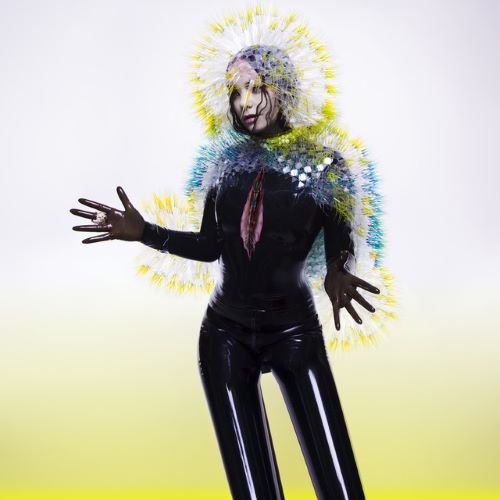“It only takes two lines for Bush to deftly rewrite the sentiment as, “He said, ‘I was a flower of the mountain, yes/But now I’ve powers o’er a woman’s body, yes.'” Flush with the evocativeness that is a sensual woman, the title track remains one of Bush’s most redolent, particularly when paired with the video in which she takes on the persona of this more contemporary incarnation of Bloom, cavorting through the woods with that karate-tinged choreography of hers in a velvet, Shakespeare-approved frock. Not one for devoting something entirely to Joyce, Bush also makes room to allude to Romantic poet William Blake with the line, “And then our arrows of desire rewrite the speech, mmh, yes.” Appropriate, considering how many other writers’ speech Bush has managed to rework as her own”.
It is clear that the heroes and heroes in literature and film gave Bush a stimulus that was missing from the music she grew up listening to; a more fascinating take on the world, and a much richer vein of inspiration:
“…She is not, after all, the girl who asked, “Do I look for those millionaires like a Machiavellian girl would?/When I could wear a sunset, mmh, yes,” so much as a woman very much in the vein of one of the Brontë sisters’ or Austen’s upright, endlessly noble characters. As such, she will not put out work unless it is itself as literary as the novels and poems she so admires. Which is precisely why she once said of the songwriting process, “It’s hard to find something that feels sincere. The more electronic pop music becomes, the harder it is to say meaningful things about relationships, especially since the same things are being said so trivially in pop. Pop is a trivial art form. I want to say things clearly and somehow be compassionate with all this technology.” That she has, that she has”.


















